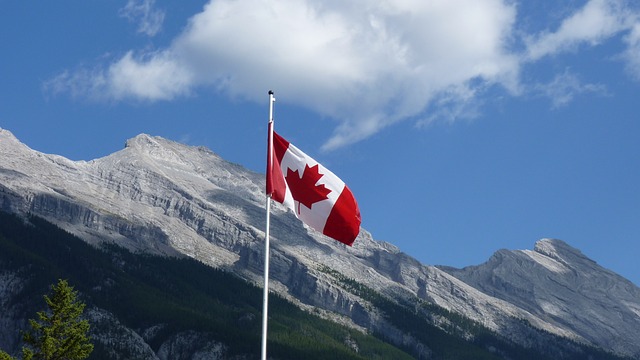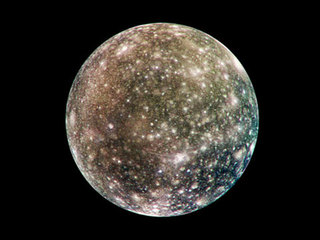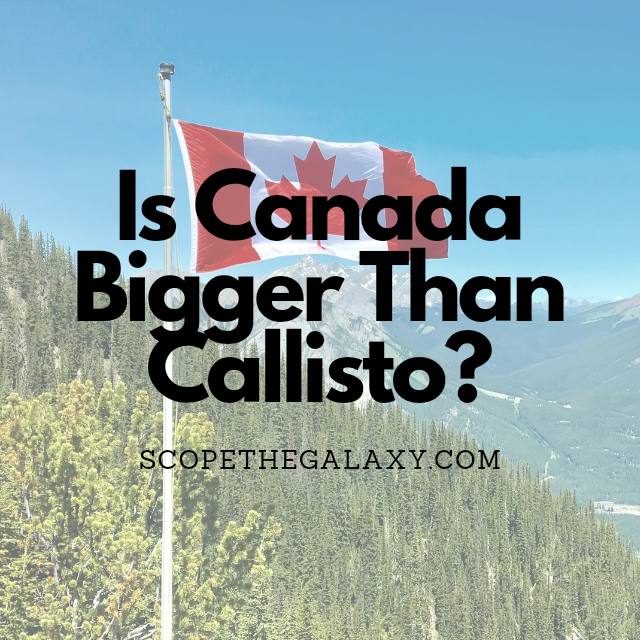*This post may contain affiliate links. This means we may make a commission if you purchase an item using one of our links*
Canada has a surface area of 9.98 million sq. kilometers and a volume of 349 million cubic kilometers while Callisto is a spherical entity with a surface area of 73 million sq. kilometers and a volume of 59 billion cubic kilometers. As a result it only makes sense that Callisto would be the bigger of the two as it is a spherical object whereas Canada is a mostly flat land mass.
For a more detailed breakdown of both Canada and Callisto, continue reading as it’ll be discussed in more depth below.
How Big Is Canada?

Canada is one of the world’s largest countries, second only to the vast expanse of Russia. Still, with a population of just over 38 million, it remains one of the least densely populated countries, with more than 10 million people.
Canada has a total area of 9,984,670 sq. km, which encompasses its land mass and vast stretches of water. This country possesses an estimated 31,752 lakes, giving it the greatest number of lakes of any country in the world – they account for 9% of the country’s total surface area.
Without these, Canada would be smaller than both China and the US, possessing a land area of “just” 9,093,510 sq. km.
Canada has a width of 5,514km between its most extreme easterly point of Cape Spear across to the Yukon and Alaska boundaries. Its height – from Cape Columbia to Ontario – is 4,634km at its peak. And it has the longest coastline in the world, stretching over 240,000km. Canada is so big that the UK could fit inside it over 40 times.
Canada’s border with the USA is the longest in the world, with a length of 8,891km; this also holds the title for the longest undefended boundary in the world. In addition, the sheer size of Canada means that it borders three oceans: the Atlantic, the Pacific, and the Arctic. And from east to west, the country covers six time zones.
Roughly 24% of Canada’s total land area comprises mountains, with the tallest peak being Mount Logan which reaches a height of 5,959 meters. Still, the vast number of lakes reduces the average thickness of Earth’s crust. Scientists estimate that the thinnest strips of crust are around 29 km thick. But the average thickness is between 30 and 40 km.
If we take the average thickness to be 35 km and multiply it by the total surface area, we can calculate the estimated volume of Canada to be around 349,463,450 cubic km.
Canada’s diverse physical geography encompasses towering mountains, rolling plains, and expansive lakes. The Canadian Shield is a northern hilly region of swamps and lakes that contains some of the oldest rocks in the world. Further north, ice and snow dominate the landscape in the glacial Arctic regions.
How Big Is Callisto?

Callisto is a moon of Jupiter and the third largest moon in the Solar System, which was discovered in January 1610 by Galileo Galilei.
The diameter of Callisto is 4,820.6km, while its surface area is 73,000,000 sq. km, a far greater expanse than that of the Canada. Still, like our seventh largest country, the terrain of Callisto varies, and it is the most heavily cratered object in our solar system.
Calisto’s volume is an impressive 59,000,000,000 cubic km, giving it a similar size to the planet Mercury (60.8 billion cubic km). Callisto is classified as a moon and not a planet because it orbits Jupiter rather than the Sun. Still, it is one of the largest moons in the Milky Way and covers an impressive expanse.
This mega moon is 99% as big as Mercury, but it only possesses a third of its weight because of the moon’s mixed composition.
Callisto’s average density is 1.83 cubic cm, which suggests that it is made of roughly equal parts of water ice and rocky material, plus additional volatile ices (like ammonia). Scientific research into the moon suggests that 49-55% of its total constitution is ice. The remaining rock is likely composed of silicates, chondrites, and iron oxide.
Still, the water ice only accounts for between 25 and 50% of the planet’s overall mass.
The surface of Callisto is heavily cratered and has a dark appearance. Scientists believe that the bright patches consist mainly of ice, while the darker patches show areas where the ice has eroded. The most distinctive crater is Valhalla, with its bright central region.
In the past, many scientists thought this huge “hunk of rock and ice” was “boring” because it had no shifting tectonic plates and no volcanic activity. At first appearances, it seemed to be a dead world.
Still, more recent research by NASA scientists concludes that Callisto could house a salty ocean interacting with rocks that are more than 250 km below the surface. Combine this with detections of oxygen in the exosphere, and today Callisto is included in the list of places where life could exist beyond Earth.
Callisto is 180 times farther from Earth than our moon, but its large amount of surface ice makes it shine brighter than our moon. Earth’s moon reflects only 0.12% of the Sun’s light, whereas Callisto reflects up to 20%.
Summary
Canada is the second biggest country on Earth, purely based on surface area but, it is still fall far short of Callisto in all metrics besides diameter from east to west.
Callisto is roughly 7 times bigger in surface area and around 170 times larger in terms of volume, which makes a lot of sense as Callisto is a spherical object.


